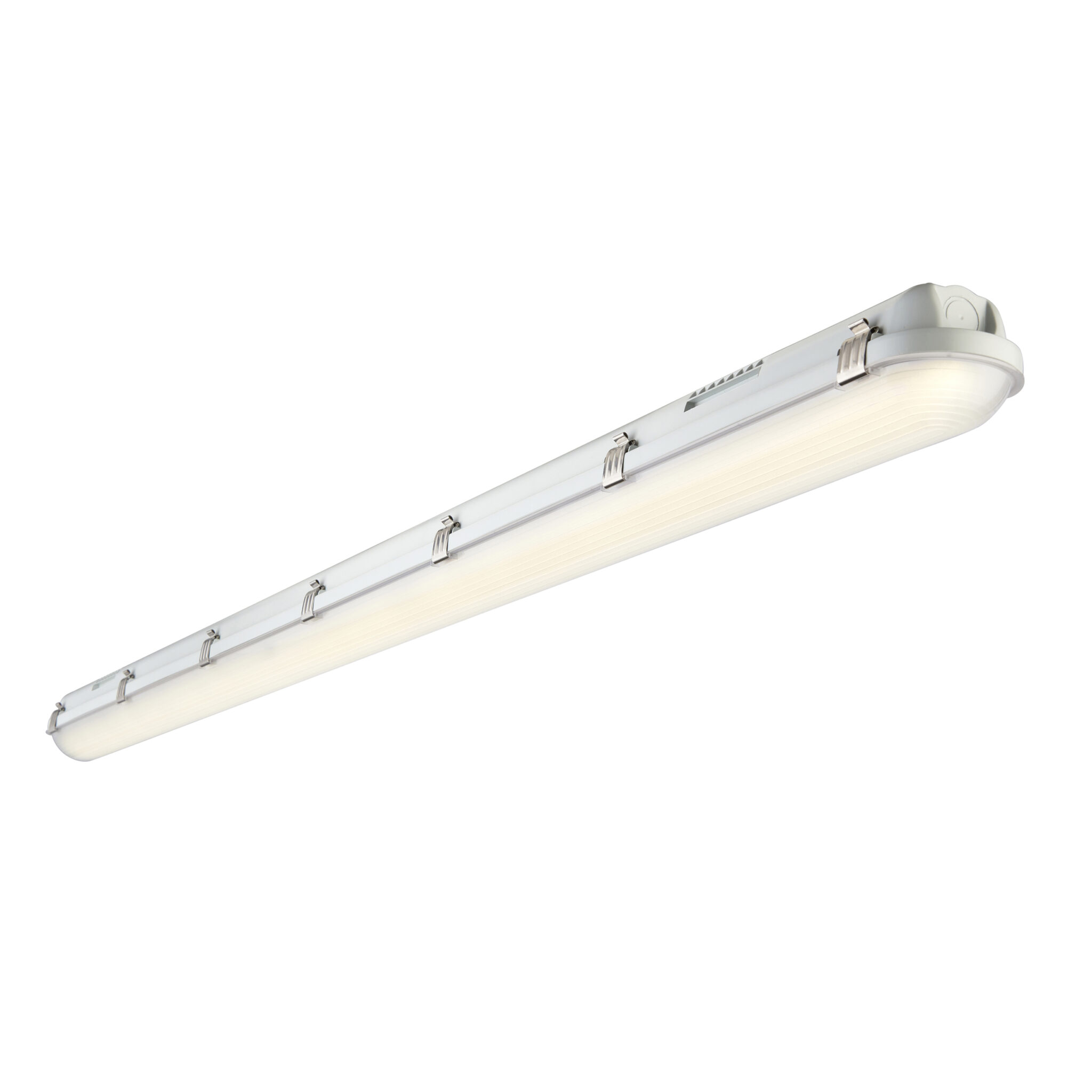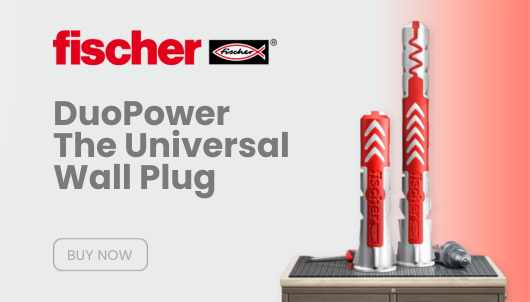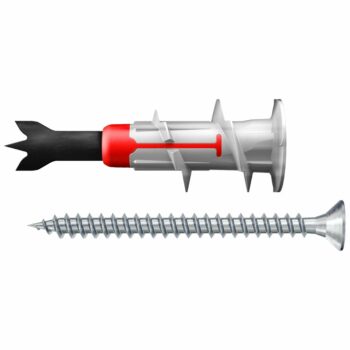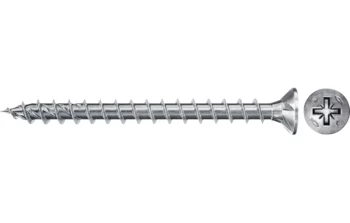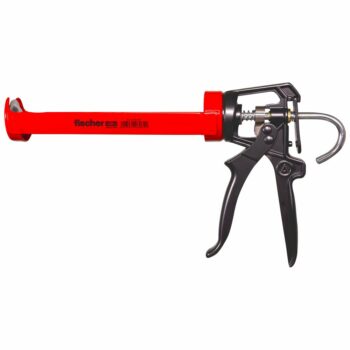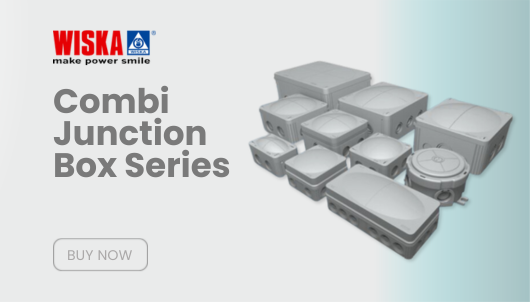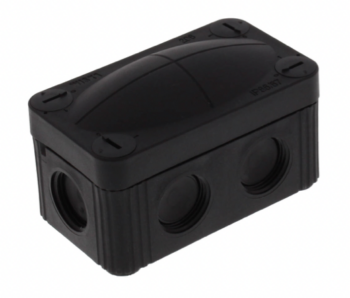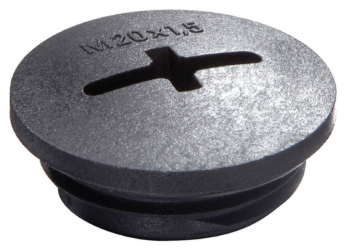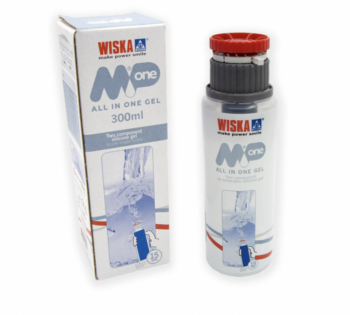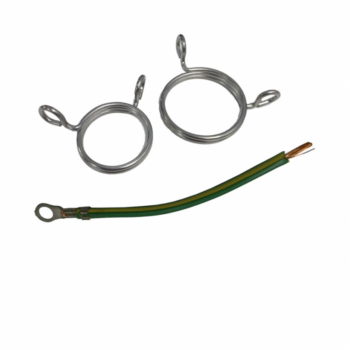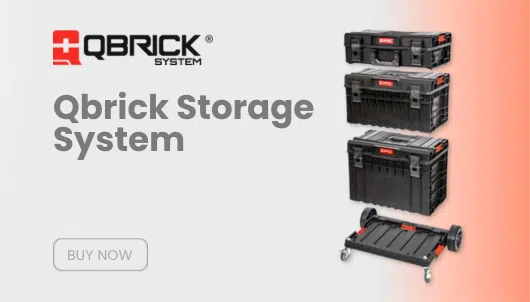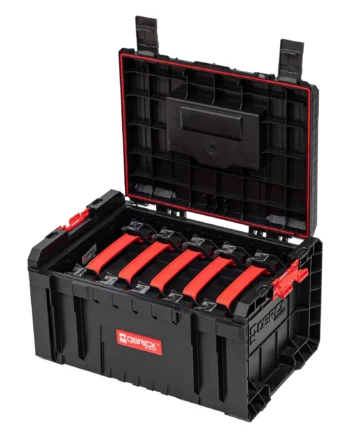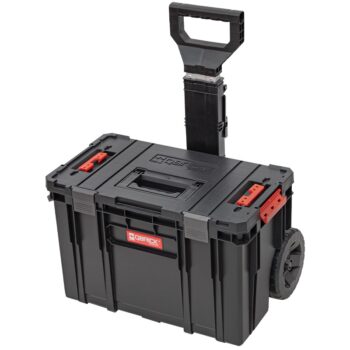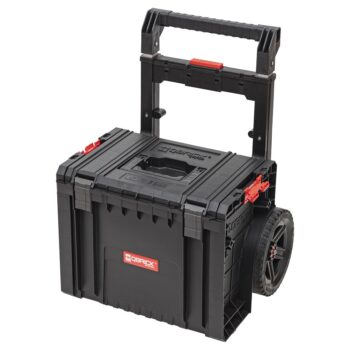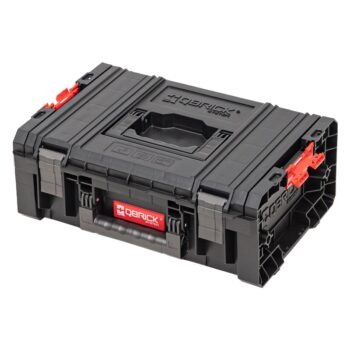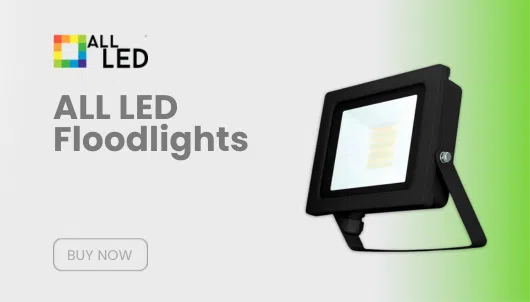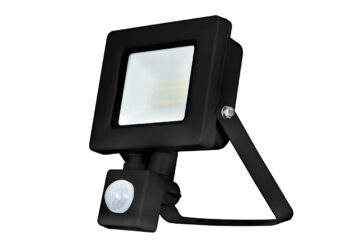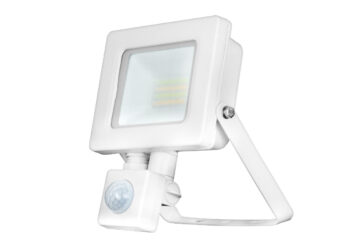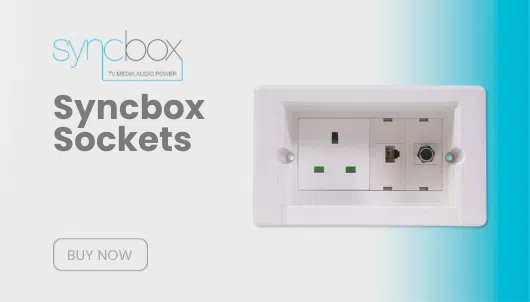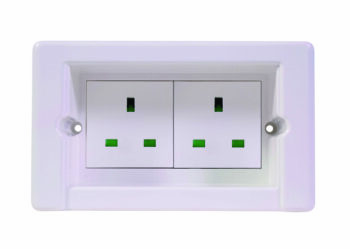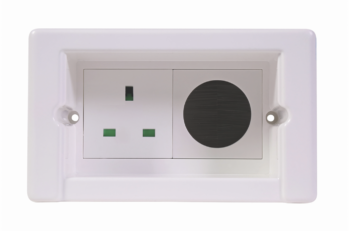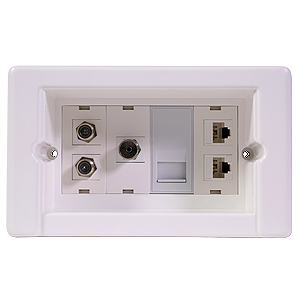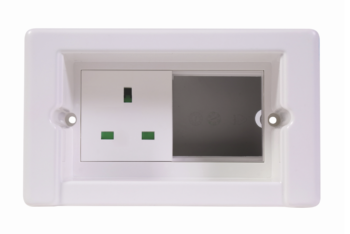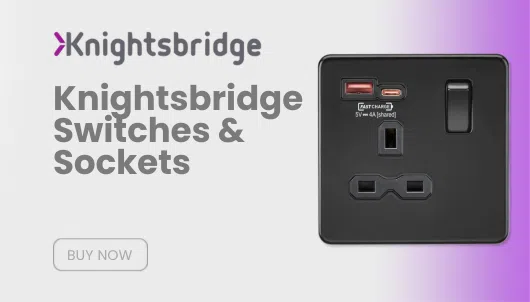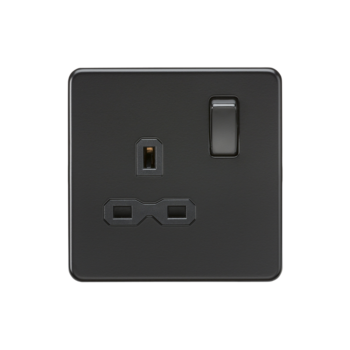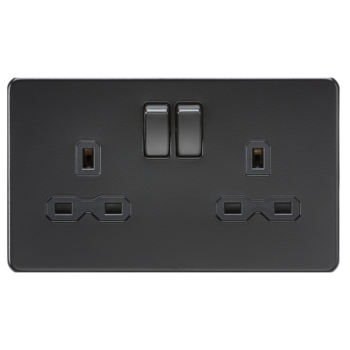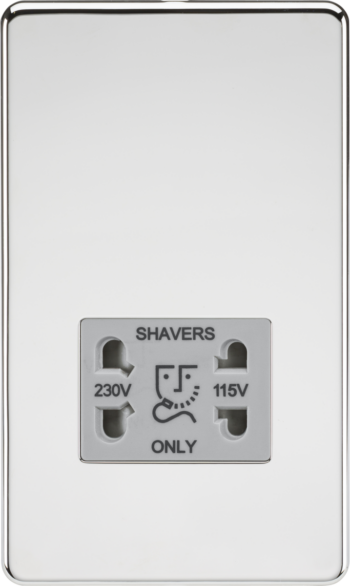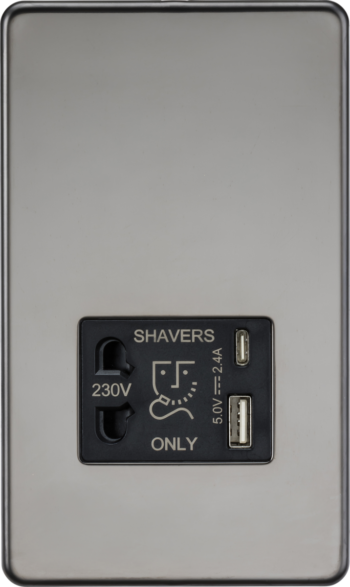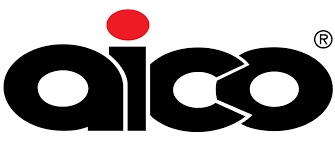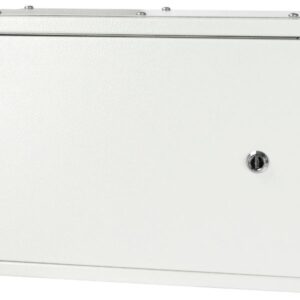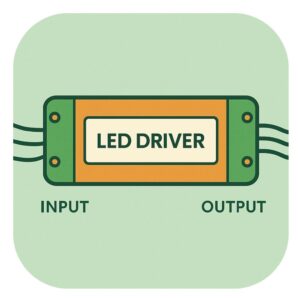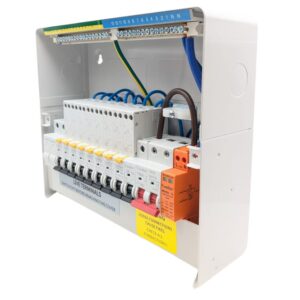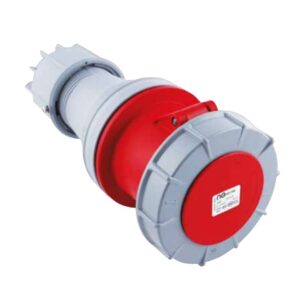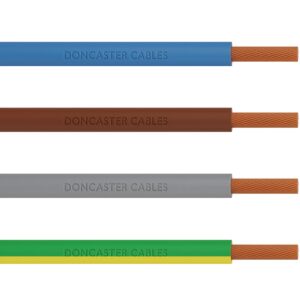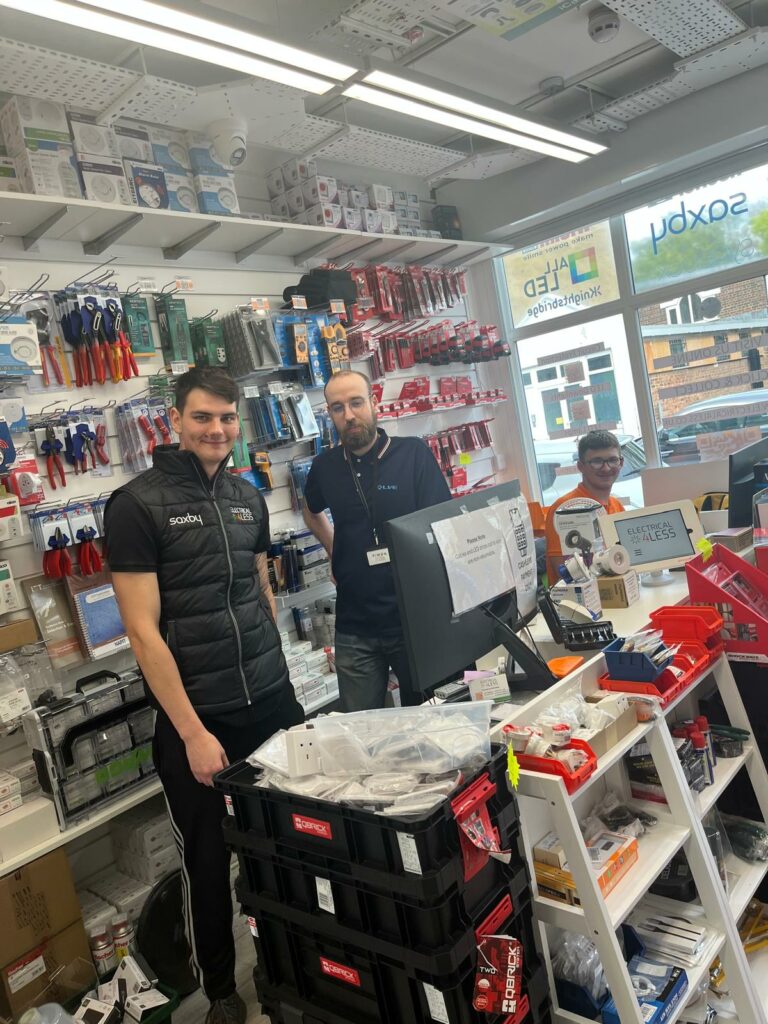The Complete Guide to LED Batten Fittings
In recent years, the shift towards energy-efficient lighting has become one of the most prominent trends in both residential and commercial spaces. Among the various types of lighting, LED battens have emerged as a highly popular solution for environments that require bright, uniform light at an affordable running cost. But what exactly are LED battens, and why are they becoming the go-to choice for homes, offices, garages, and even industrial spaces?
This comprehensive guide will take you through everything you need to know about LED battens, from what they are and how they work, to why they’re the best choice for your lighting needs. We’ll explore top industry players such as Saxby Lighting and Aurora Lighting, two brands that have consistently produced high-quality, reliable LED battens.
Let’s dive into the details and uncover why LED battens are transforming the lighting world.
Table of contents
- The Complete Guide to LED Batten Fittings
- 1. What Are LED Battens?
- 2. The Benefits of LED Battens
- 3. How Do LED Battens Work?
- 4. Choosing the Right LED Batten for Your Space
- 5. Top Brands: Saxby Lighting and Aurora Lighting
- 6. Maintenance and Troubleshooting for LED Battens
- 7. LED Battens and Energy Regulations
- 9. Conclusion
- FAQ: LED Battens
1. What Are LED Battens?
Let’s start with the basics: What exactly is an LED batten? A batten is a type of long, linear light fixture typically mounted to ceilings or walls, providing bright, evenly distributed light. Traditionally, battens used fluorescent tubes, but LED battens have become the modern alternative, utilizing Light Emitting Diode (LED) technology for enhanced energy efficiency, longevity, and light quality.
An LED batten fixture generally consists of a slim, tube-like design that houses an integrated LED light source. These battens are versatile and come in various lengths, ranging from 2 feet to 6 feet, making them perfect for different spaces, whether you’re lighting up a cozy garage or a vast warehouse.
In short, they are sleek, durable, and offer superior lighting quality compared to their traditional counterparts. But what really sets them apart?
2. The Benefits of LED Battens
Energy Efficiency
Energy efficiency is, without a doubt, one of the most compelling reasons to switch to LED battens. Compared to traditional fluorescent or incandescent lighting, they consume up to 50-80% less electricity, resulting in significant energy savings. This isn’t just good for your wallet—it’s good for the environment too.
By cutting down on energy consumption, LED battens help reduce your overall carbon footprint. Whether you’re a business looking to lower operational costs or a homeowner trying to save on utility bills, LED battens are an eco-friendly choice that won’t break the bank.
Longevity and Durability
How often do you find yourself changing light bulbs? With LED battens, that’s no longer a concern. The average LED batten can last up to 50,000 hours, which is equivalent to more than 10 years of continuous use. That’s a significant upgrade from traditional fluorescent tubes, which often need replacing every 1-2 years.
What’s more, they are built to last. Unlike fragile glass fluorescent tubes, LED battens are often housed in sturdy polycarbonate or aluminum casings, making them much more resistant to damage from impacts, vibrations, or environmental factors.
Versatility and Applications
One of the greatest strengths of LED battens is their versatility. They’re designed to perform in a wide range of environments, from residential areas like kitchens and garages, to more demanding commercial or industrial spaces such as workshops, factories, and retail stores.
Because of their uniform light distribution, they provide consistent, glare-free lighting, which is essential for workspaces that require excellent visibility. Plus, they can be mounted to both walls and ceilings, allowing flexibility in terms of where they’re installed.
Design Flexibility
Gone are the days when battens were considered purely functional, with little thought given to aesthetics. Modern LED battens come in sleek, minimalist designs that can blend seamlessly into any environment, from modern homes to industrial settings.
Many manufacturers, including Saxby Lighting and Aurora Lighting, offer IP-rated LED battens, which means they’re resistant to moisture and dust, making them suitable for outdoor and damp environments like bathrooms, basements, or even under porches.

3. How Do LED Battens Work?
Understanding LED Technology
At the core of every LED batten is the LED chip. Unlike incandescent bulbs, which generate light through heating a filament, LEDs work by passing an electrical current through a semiconductor material. This process generates photons (light) with minimal heat loss, which is why LEDs are so much more efficient than older lighting technologies.
The key advantage of LED technology is its ability to convert a higher percentage of energy into light rather than heat, which is why they are incredibly efficient. This is particularly important in spaces where lights are on for extended periods—whether in offices, warehouses, or commercial establishments—because it means less energy waste and lower electricity bills.
Key Components of LED Battens
Understanding the basic structure of LED battens will help you appreciate their superior performance. The primary components include:
- LED Chip: The source of light, typically designed to last up to 50,000 hours.
- Driver: This regulates the electrical current flowing to the LED chip, ensuring a consistent light output.
- Heat Sink: A mechanism to dissipate heat and prevent overheating, which can prolong the life of the fixture.
- Diffuser: A cover, often made of frosted polycarbonate, that spreads the light evenly and reduces glare.
- Housing: The casing that protects the internal components from dust, moisture, and physical damage.
Each of these components is crucial for the overall performance and longevity of the fixtures.
4. Choosing the Right LED Batten for Your Space
Residential vs Commercial Use
Choosing the right LED batten depends on your specific needs. For residential applications, a shorter 4-foot or 2-foot batten may be sufficient, providing ample lighting for smaller spaces like kitchens, garages, or hallways. Homeowners might also prioritize warm white color temperatures (around 3000K) to create a cozy atmosphere.
On the other hand, commercial and industrial spaces often require longer battens (up to 6 feet) to illuminate large areas. For these environments, a cool white or daylight color temperature (4000K-6000K) is ideal, as it promotes focus and productivity.
Size and Wattage Considerations
When choosing an LED batten, it’s essential to consider the size of the space you need to light. As a general rule:
- A 4-foot LED batten is suitable for smaller rooms like kitchens or utility areas.
- A 5-foot or 6-foot batten is better suited for larger areas like offices, garages, or workshops.
In terms of wattage, LED battens consume far less power than traditional lights. A 20W-30W LED batten can easily replace a 60W-80W fluorescent tube, providing the same level of brightness with a fraction of the energy consumption.
Lumens and Color Temperature
Brightness is measured in lumens, not watts. For example:
- A 2-foot typically produces 1,500-2,000 lumens.
- A 4-foot may produce 2,500-3,500 lumens.
- A 6-foot can output up to 4,500 lumens or more.
The color temperature of a light affects the mood and functionality of the space. For cozy, inviting settings like homes or restaurants, a warm white (2700K-3000K) is ideal. For task-oriented environments like offices or workshops, opt for a cool white (4000K) or even daylight (5000K-6000K) for maximum visibility and focus.
5. Top Brands: Saxby Lighting and Aurora Lighting
Two major players in the LED batten market are Saxby Lighting and Aurora Lighting. Both brands are known for producing high-quality, reliable products that cater to a wide range of lighting needs.
Saxby Lighting LED Battens
Saxby Lighting is a renowned brand with a reputation for combining sleek design with cutting-edge technology. Their range of LED battens is no exception, offering robust performance and a variety of options to suit different applications.
Saxby’s Defender range is particularly popular, boasting high IP ratings (IP65), making them perfect for outdoor and industrial environments. They’re designed to be durable and offer powerful, efficient lighting, all while maintaining a slim, modern aesthetic.
Aurora Lighting
Aurora Lighting is another top contender, particularly known for their energy-efficient, eco-friendly designs. Aurora’s LED battens stand out for their easy installation and integrated technology, making them an excellent choice for both residential and commercial use.
Aurora’s Linea range is highly versatile, offering options that cater to both general lighting and more specialized needs, like emergency lighting with built-in battery backup systems. This ensures that their LED battens are not only energy-efficient but also practical in critical environments.
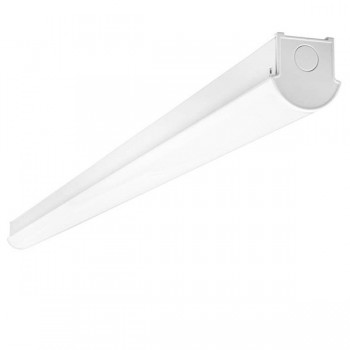
6. Maintenance and Troubleshooting for LED Battens
Maintenance Best Practices
One of the great benefits of LED battens is that they require very little maintenance. However, to ensure they last their full lifespan:
- Keep them clean: Dust and debris can accumulate on the diffuser, reducing light output. Wipe the batten regularly with a damp cloth.
- Check for wear and tear: While they are durable, extreme conditions can cause wear. Check the housing periodically, especially in outdoor or industrial environments.
Common Issues and How to Fix Them
Despite their durability, these fixtures may experience some issues over time:
- Flickering: This could be caused by loose wiring or a faulty driver. Check the connections and consult an electrician if necessary.
- Dim or reduced brightness: Dirt buildup or overheating could be the culprit. Clean the fixture or ensure it’s in a well-ventilated area.
7. LED Battens and Energy Regulations
Compliance with Energy Standards
As sustainability becomes a key priority worldwide, LED battens comply with strict energy standards. In the UK and Europe, for example, EcoDesign regulations ensure that all LED lighting products meet minimum energy efficiency and environmental impact standards. Both Saxby Lighting and Aurora Lighting offer products that comply with these regulations, helping consumers make eco-friendly choices without sacrificing quality or performance.
Environmental Impact
LED battens are not only energy-efficient, but they also have a lower environmental impact than traditional lighting. By using less energy and lasting longer, they help reduce waste and greenhouse gas emissions, making them a smart choice for the environmentally conscious consumer.
9. Conclusion
LED battens are more than just a modern lighting solution—they’re an investment in efficiency, durability, and sustainability. Whether you’re upgrading the lighting in your home, office, or industrial space, they offer unmatched performance, flexibility, and cost savings. With top-tier brands like Saxby Lighting and Aurora Lighting, you’re guaranteed quality and reliability.
So, why wait? Make the switch to LED battens today and brighten up your space, while saving both energy and money. See the full range we stock here!
FAQ: LED Battens
LED battens are used to provide bright, energy-efficient lighting in residential, commercial, and industrial spaces.
Most of them last up to 50,000 hours, which equates to around 10 years of continuous use.
No, most LED battens are integrated units, meaning the chips are built into the fixture.
LED battens are more energy-efficient, last longer, and provide better light quality than traditional fluorescent alternatives.
Yes, many of them have high IP ratings, making them suitable for outdoor use.
Yes, LED battens consume up to 80% less energy than traditional lighting options.
For residential spaces, warm white (2700K-3000K) is ideal, while cool white (4000K-5000K) works best for task-oriented spaces.
- Compact Horizontal TP&N Distribution Boards – With 100A Main Switch & Type 2 SPD Options
- 🧱 Large PVC Cable Trunking by Dietzel Univolt – Key Sizes + Accessories
- How to Choose an LED Driver – Constant Voltage vs Constant Current Explained
- Most Popular FuseBox Consumer Units
- 🔌 Commando Sockets – The Ultimate Guide to Industrial Plugs and Sockets (IEC 60309)

